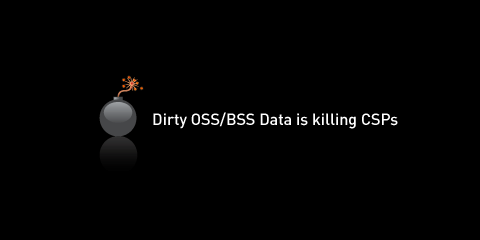
By
Manuel Stopnicki
Service providers know that managing the end-user experience is critical to reducing subscriber churn and the associated costs of capturing new customers. But offering a high quality customer experience today is no easy task. With an ever increasing array of new services, customers have varying degrees of quality expectations.
For example, a residential customer may want a fast Internet connection when downloading a YouTube movie, but five seconds give or take won’t make a huge difference. That same customer will not be happy, however, if it takes even two seconds to change the channel when watching IPTV. The expectation is that changing channels should be instantaneous, and there should be no flickering while watching IPTV shows.
The expectations of end-users are influenced not only by the level of service that they’ve purchased but also by the particular application they are using. Service providers manage these different expectations by using a queues mechanism in the network to treat packets differently. This quality of service (QoS) system must be monitored closely to ensure that the expectations of end-users are being met or exceeded.
|
|
Just because one customer bought 20 Mbps and the other bought 10 Mbps doesn’t mean the network will be designed to handle 30 Mbps. |
|



an express line at the airport for frequent fliers. The moment that voice packet shows up, it must be processed no matter how many packets are waiting in line in the other queues.
Obviously, successful service providers are the ones who best optimize the use of their network bandwidth to serve their customers with the right level of quality for the different
|
|
|
|

There are different types of network traffic, often broken down into the categories of voice, video and data. Network traffic must be treated differently depending upon the application characteristics it supports. This is basic QoS, and it is typically accomplished by having queues within a router, with each queue allocated a certain amount of time for a certain type of traffic. Data traffic may be given, for example, 10 megabits per second (Mbps) to allow for downloading a lot of YouTube, while the voice queue is allocated just 1 Mbps. However, the moment that router detects a voice packet in its queue, it must process it immediately because any delay will translate into echo in the voice conversation. So while the voice queue is allocated less bandwidth, it is still treated like
|
|

services they have subscribed. This is an increasingly complex task that calls for increasingly sophisticated mechanisms.
More Service Providers Turning to Hierarchical QoS
To overcome the lack of flexibility of standard QoS mechanisms, one of the major trends in QoS over the last couple years is called hierarchical QoS. To understand this concept, let’s compare two customers receiving voice, video, and data traffic over broadband. Each customer is given designated queues based on their subscribed service level. Say one customer purchased the premium broadband service and gets 20 megabits per second,
|
|






